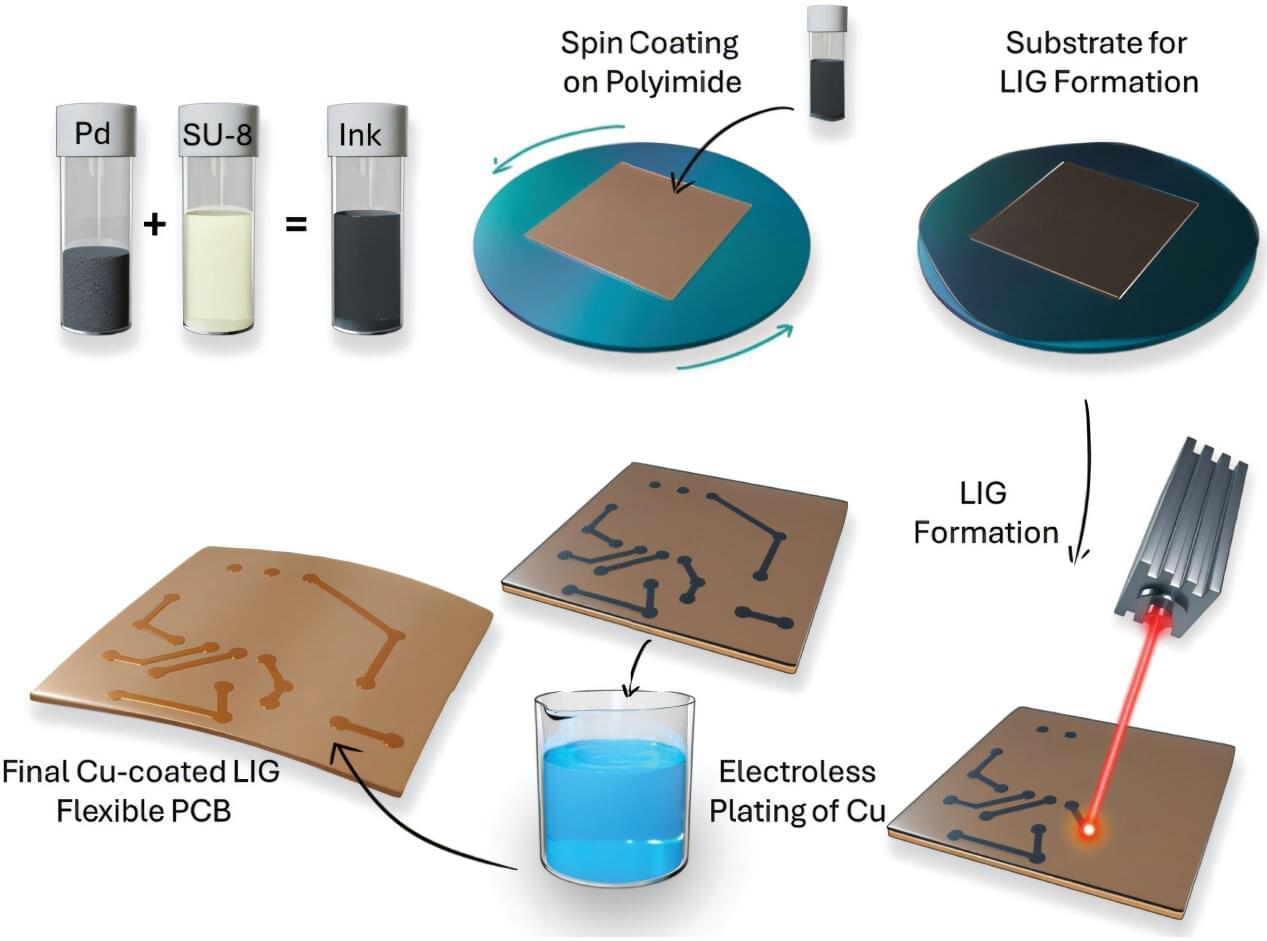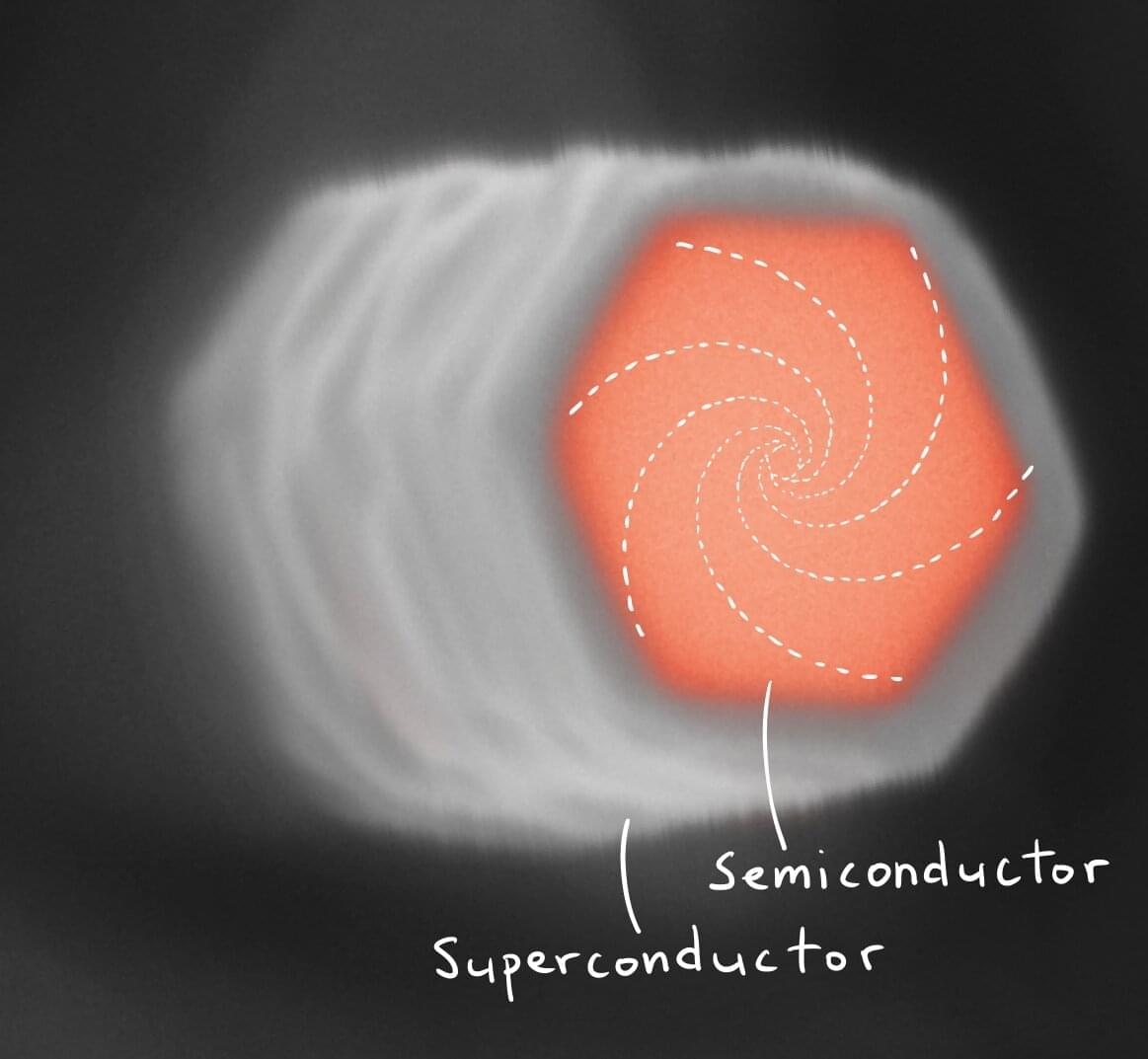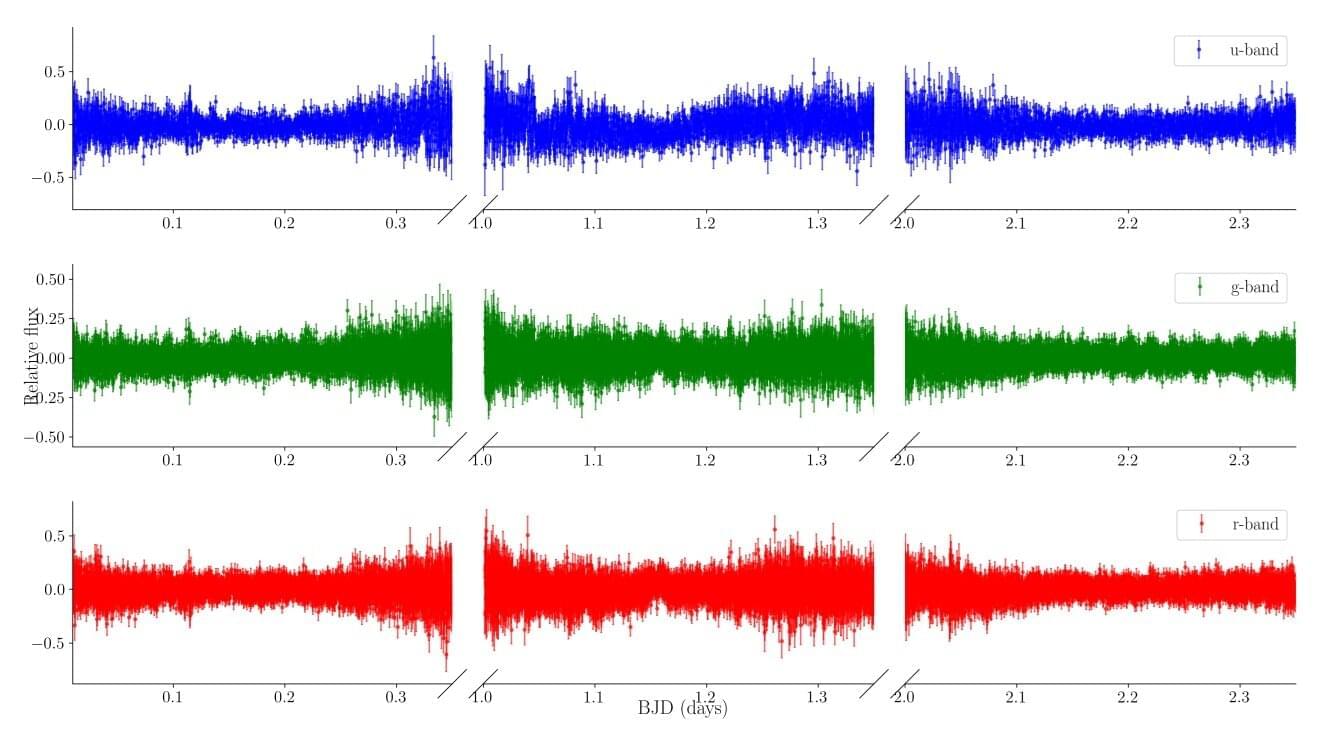The extraction of work (i.e., usable energy) from quantum processes is a key focus of quantum thermodynamics research, which explores the application of thermodynamics laws to quantum systems. Meanwhile, other quantum physics research has been investigating the non-Markovian dynamics of open quantum systems, which entail the influence of past states on the systems’ future evolution.
Researchers at the University of Nottingham and University of São Paulo have introduced a general and rigorous framework that bridges quantum thermodynamics and non-Markovian dynamics, showing that the latter could serve as a resource that can be exploited to enhance the extraction of work from quantum processes.
Their paper, published in Physical Review Letters, could open new possibilities for the future development of quantum technologies.









